Have you ever gazed into your cat’s eyes and felt like they’re hiding a world of secrets? It’s almost magical how these mysterious creatures weave themselves into our lives, shaping their personalities and habits with each passing day. Cats may seem aloof, but underneath their calm exterior lies a tapestry of emotions, carefully crafted over time. Every twitch of their tail, every gentle head-butt, and every quiet purr tells a story. For cat lovers, understanding these emotional habits isn’t just about curiosity—it’s about building a deeper bond with their feline friend. Let’s unravel the hidden emotional life of cats and discover the amazing habits they develop, often right under our noses.
Trust: The Foundation of Feline Relationships

Trust does not come easily to cats; it is something they build with patience and time. When you first bring a cat home, you might notice their cautious glances and hesitant steps. They need to feel safe before opening up emotionally. Over weeks or months, your consistent care—gentle touches, soft talking, and feeding—helps them slowly realize that you are not a threat. Gradually, they will come closer, eventually sleeping near you or choosing your lap as their favorite spot. This trust is the root of all other emotional habits, laying the groundwork for a stronger, loving relationship. Once earned, a cat’s trust is a treasure, showing in the way they greet you or follow you around the house.
Affection: Subtle Signs of Love

Cats have their own unique ways of showing affection, and these signs often develop over time. Some cats may gently nuzzle your hand or rub their face against your legs. Others might knead you with their paws—a comforting behavior carried from kittenhood. This habit is built through positive experiences, like being petted or spoken to kindly. The more safe and loved a cat feels, the more open they are to expressing affection. Sometimes, just sitting quietly beside you is their way of saying, “I trust and care about you.” Learning to recognize these signals can be incredibly heartwarming for any cat owner.
Curiosity: Exploring the World Together

Curiosity is a defining trait in cats, but it grows and changes as they settle into their environment. At first, everything is unknown, and your cat may be cautious about exploring. Over time, as they become familiar with their surroundings, their curiosity blossoms. They’ll slowly investigate every nook and cranny in your home, often leading you to discover forgotten spaces yourself. This habit is a sign that your cat feels comfortable and secure. Their curiosity also extends to new objects or people, showing their growing confidence. Watching your cat explore is like seeing the world through fresh eyes.
Attachment: Choosing Their Favorite Human

Many cat owners notice that their feline companion seems to have a “favorite” person in the household. This attachment is not instant—it evolves as the cat observes and interacts with everyone. Cats pay close attention to who feeds them, who plays with them, and who offers comfort when they’re scared. Over time, they develop a stronger bond with the person who best meets their emotional needs. This attachment is shown when your cat seeks you out, follows you from room to room, or chooses to sleep on your belongings. It’s a quiet but powerful declaration of love.
Playfulness: Building Joy and Confidence
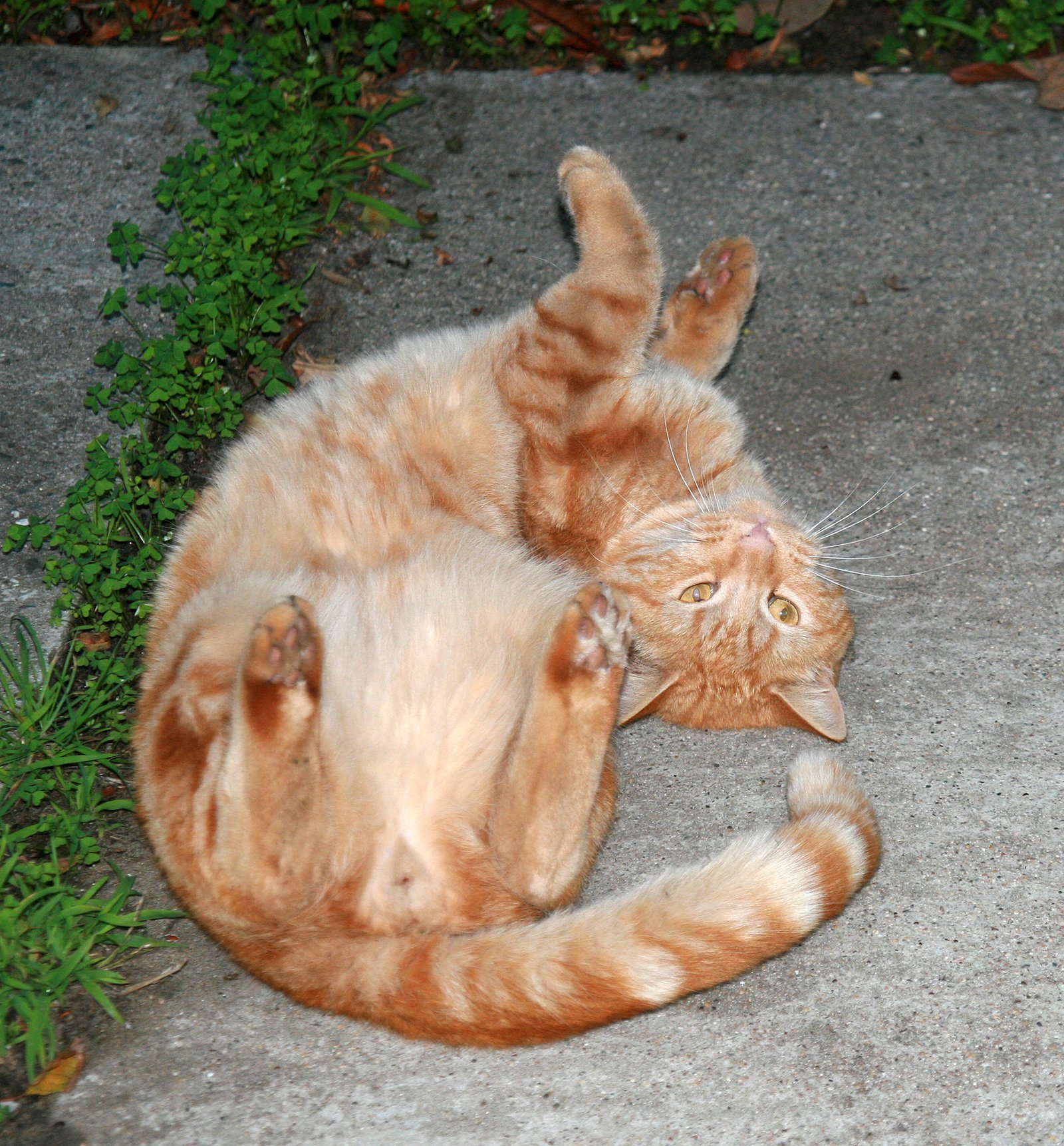
A cat’s playful side often emerges as they grow more comfortable in their environment. At first, they may be shy or reserved, but as trust grows, so does their willingness to play. They’ll chase toys, pounce on shadows, or even invent their own games with household objects. Play is not just fun for cats—it’s a sign of emotional security and happiness. This habit helps them build confidence and reduces stress. Engaging in play with your cat strengthens your bond and encourages them to express their joyful side more often.
Vocalization: Finding Their Voice
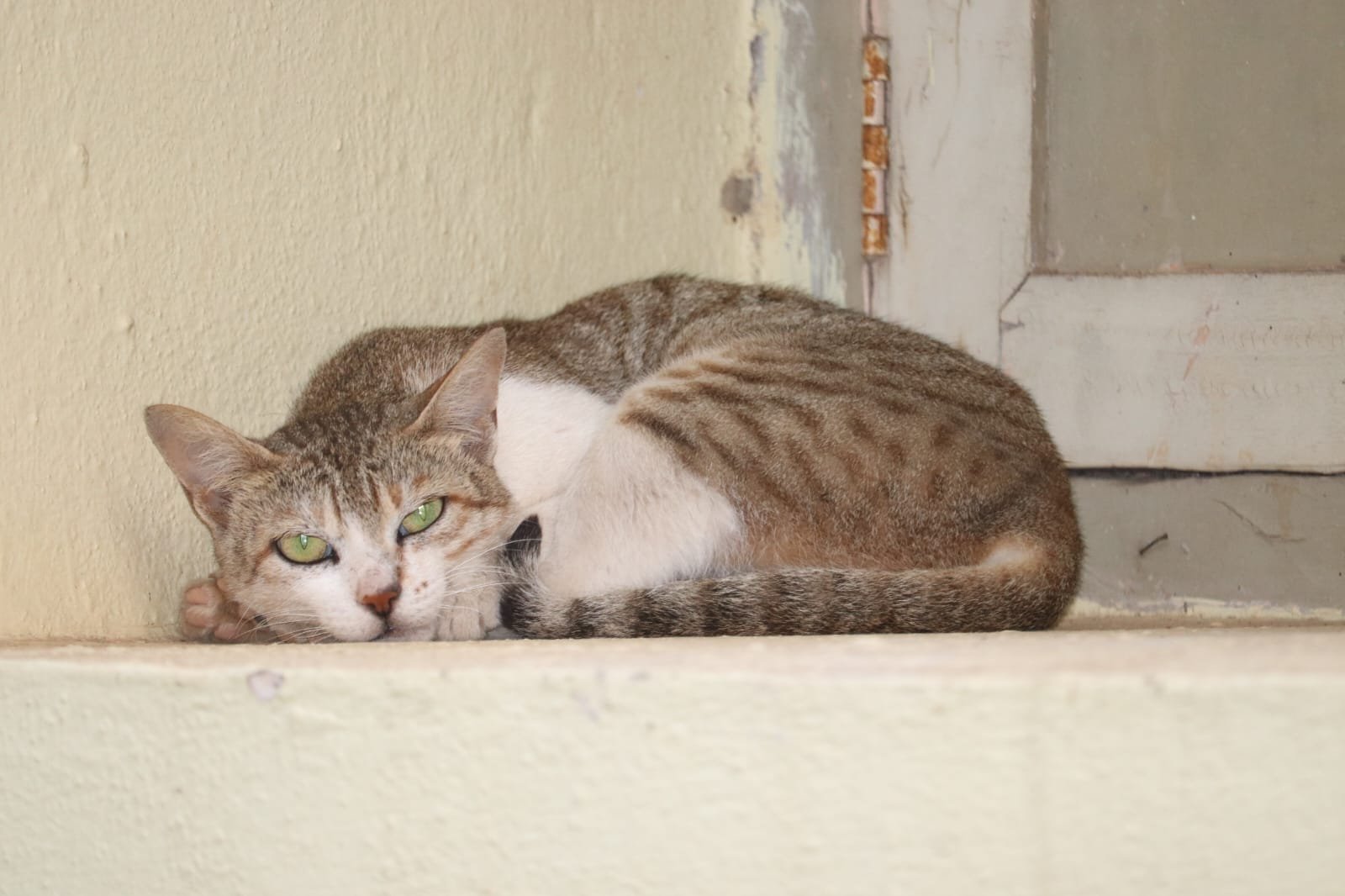
Not all cats are naturally chatty, but many learn to communicate with their humans through different vocalizations. Over time, cats develop a “language” of meows, trills, purrs, and even chirps, each carrying its own emotional meaning. They may meow for attention, purr when content, or chirp at birds outside the window. Some cats even develop unique sounds just for their favorite people. This habit grows as your cat feels more confident that their needs will be met. Listening and responding to these sounds helps deepen your connection and makes your cat feel truly understood.
Seeking Comfort: The Art of Snuggling
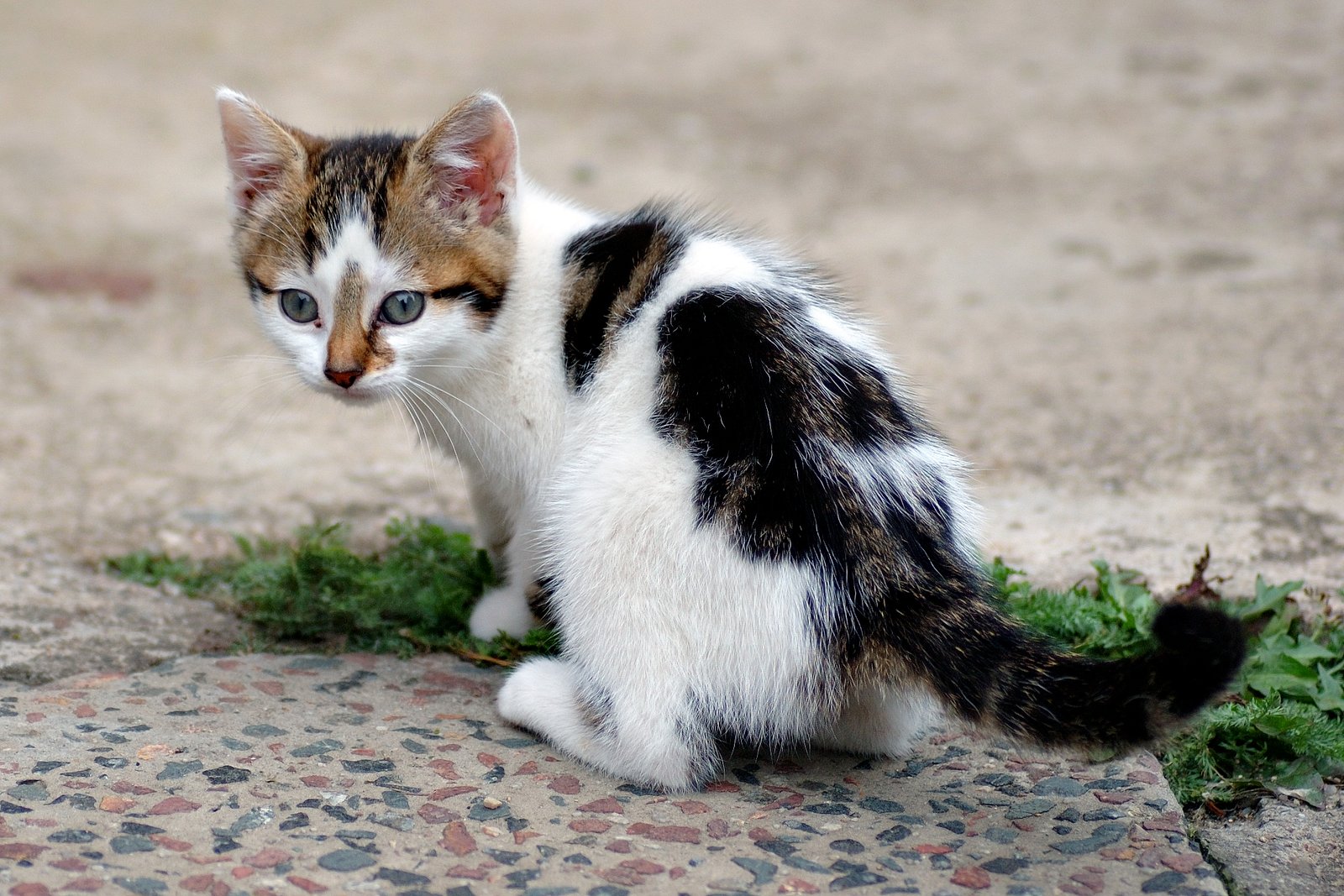
Cats gradually learn where and how to seek comfort in their home. At first, they may hide under beds or in closets, but as they feel safer, they venture out to cozier spots. Over time, a cat might choose to snuggle next to you or sleep on your lap. This habit is a sign of deep emotional attachment and trust. Snuggling provides warmth and security, and it’s one of the purest forms of feline affection. For many cat owners, waking up to a purring cat curled beside them is one of life’s sweetest joys.
Territorial Bonding: Claiming Their Space

Cats are territorial by nature, but their sense of territory evolves with time and emotional growth. When first introduced to a new home, cats might be wary, marking only a small area as “theirs.” As they settle in, they gradually expand their territory, rubbing their scent on furniture, walls, and sometimes even you. This habit is their way of saying, “This is my safe place.” A cat’s willingness to share their territory with you is a sign of strong emotional connection. It’s their subtle way of inviting you into their world.
Protectiveness: Keeping Loved Ones Safe
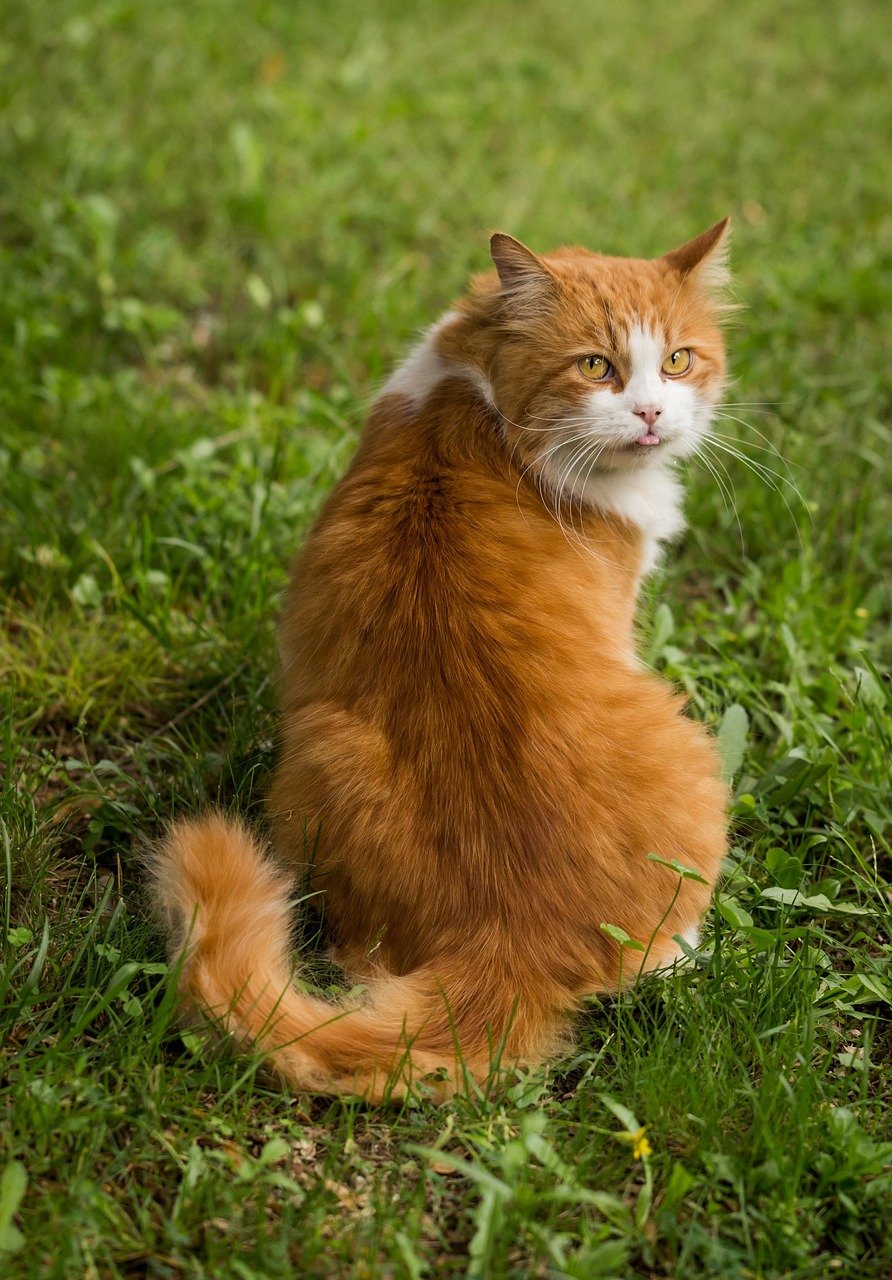
Some cats display remarkable protectiveness toward their favorite humans, a habit that develops slowly as their bond deepens. They may position themselves between you and strangers or keep watch when you’re unwell. While cats are often seen as independent, many form deep connections that inspire protective behaviors. This protectiveness can be seen in the way a cat sits near your feet or keeps an eye on visitors. It’s their way of watching over their family, even if it’s done silently and from a distance.
Routine Seeking: The Comfort of Predictability

Cats thrive on routine, and this emotional habit grows stronger the longer they live in a stable environment. They quickly learn when it’s time to eat, play, or sleep, and may remind you if you forget! Routines help cats feel secure and reduce anxiety. Over time, your cat will anticipate your schedule, waiting by the door when you come home or meowing at feeding time. This consistency brings comfort, making them feel in control of their world. For many cats, predictable routines are the key to emotional well-being.
Empathy: Sensing Your Emotions

Cats are surprisingly perceptive when it comes to their human’s feelings. Over time, they learn to pick up on subtle cues, like changes in your tone of voice or body language. Some cats will come closer when you’re sad, offering comfort with a gentle purr or nuzzle. Others may keep their distance if they sense stress or anger. This empathy isn’t learned overnight—it develops as your cat observes and interacts with you daily. Many cat owners are amazed by their pet’s ability to “just know” when they need a little extra love.
Patience: Waiting for the Right Moment

Patience is a virtue for cats, and it becomes a defining habit as they age. Young kittens may be impulsive and demanding, but with time, cats learn to wait for the right moment—whether it’s for food, affection, or play. They observe and assess situations before acting, showing remarkable restraint. This patience can be seen when a cat waits quietly at the door or sits beside you, hoping for a treat. It’s a subtle sign of emotional maturity and understanding of their environment.
Selective Socializing: Choosing Their Company
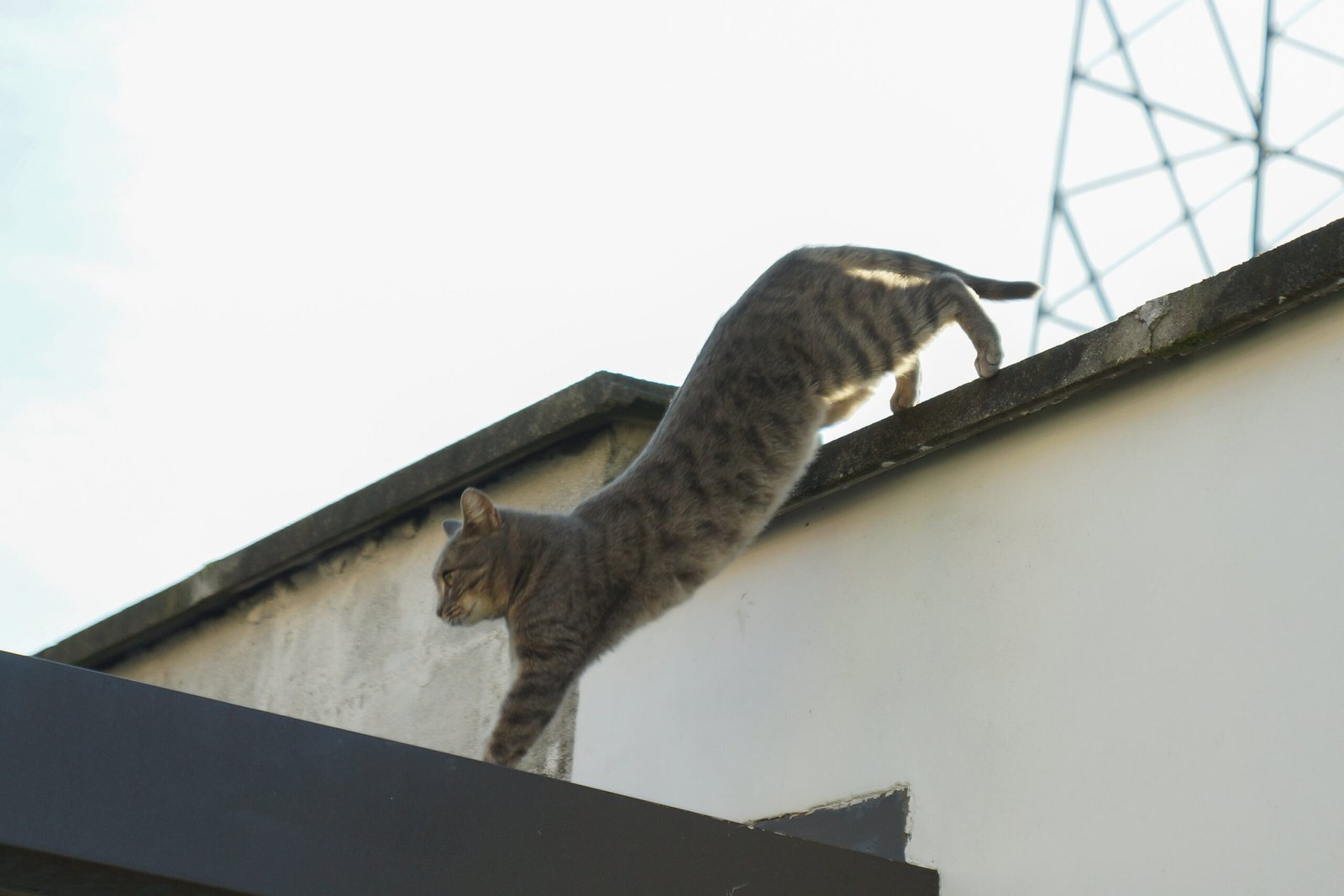
Not all cats are social butterflies, but all of them develop preferences for certain people, pets, or even other cats. This habit of selective socializing grows as they learn who makes them feel comfortable and safe. Over time, a cat may seek out specific individuals for play or affection, while avoiding others. This isn’t about being unfriendly—it’s about protecting their emotional well-being. Understanding your cat’s social preferences helps you respect their boundaries and strengthens your bond.
Independence: The Balance of Solitude and Companionship

Cats are famous for their independence, but this habit is carefully cultivated over time. While kittens may crave constant attention, adult cats learn to enjoy solitude. They find quiet corners to nap or watch the world go by, recharging in their own way. However, their independence doesn’t mean they don’t need love. In fact, the balance between alone time and companionship is crucial to their emotional health. Giving your cat space when they need it helps them feel respected and secure.
Observation: The Quiet Watcher
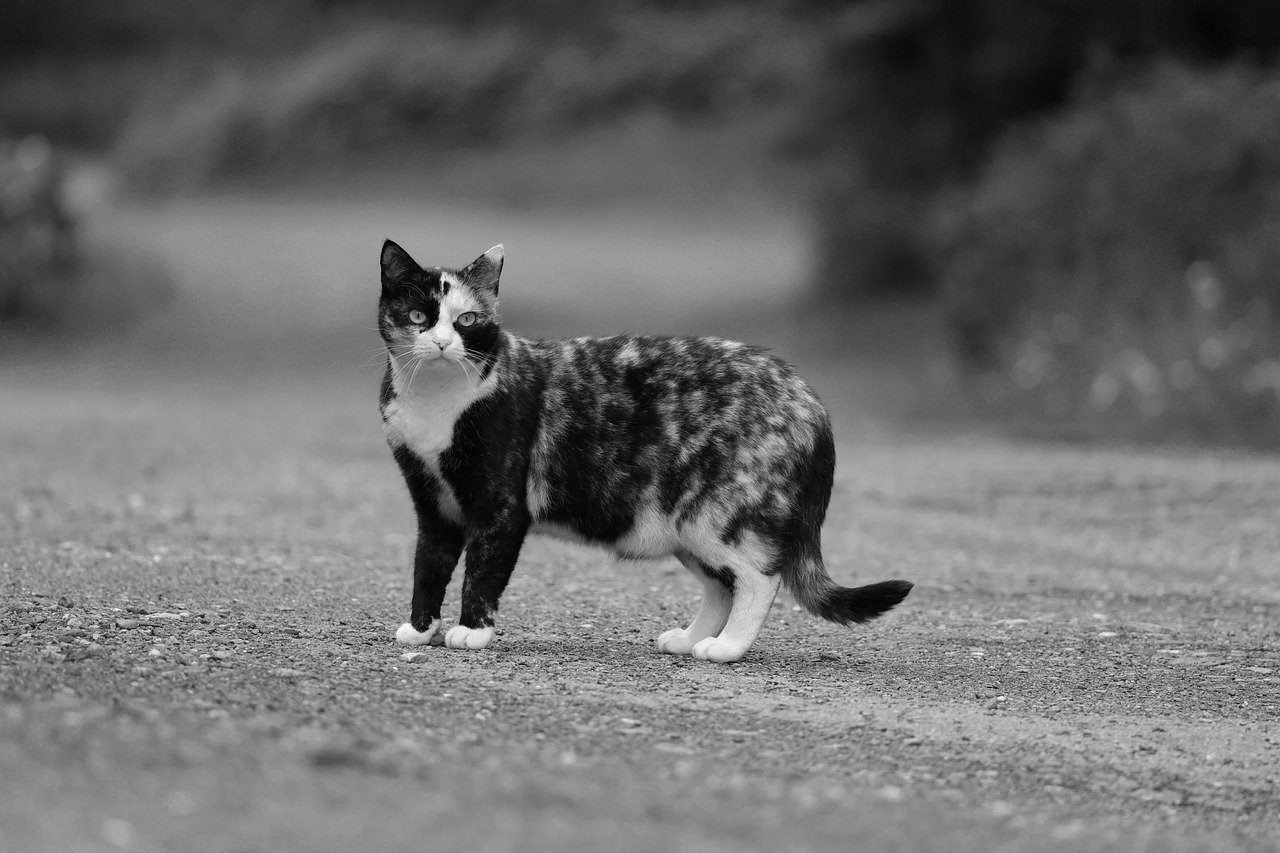
Cats are natural observers, spending hours watching their environment and the people in it. This habit starts in kittenhood and becomes more pronounced as they age. They notice everything—new furniture, changes in your routine, or even your mood. Cats use this information to decide when to interact, play, or stay hidden. Their keen observation skills help them adapt to changes and avoid stress. For cat owners, it’s a reminder that you’re always being quietly watched and analyzed by your furry friend.
Grooming Rituals: Comfort Through Cleanliness

Grooming is more than just keeping clean; it’s an emotional habit that brings comfort and calm to cats. Over time, cats develop personal grooming routines, often licking their fur in a specific order. They may also groom their humans or other pets as a sign of affection and trust. Grooming helps relieve stress and creates a sense of normalcy. Watching your cat groom can be oddly soothing, a reminder of their need for both physical and emotional self-care.
Resource Guarding: Protecting What Matters
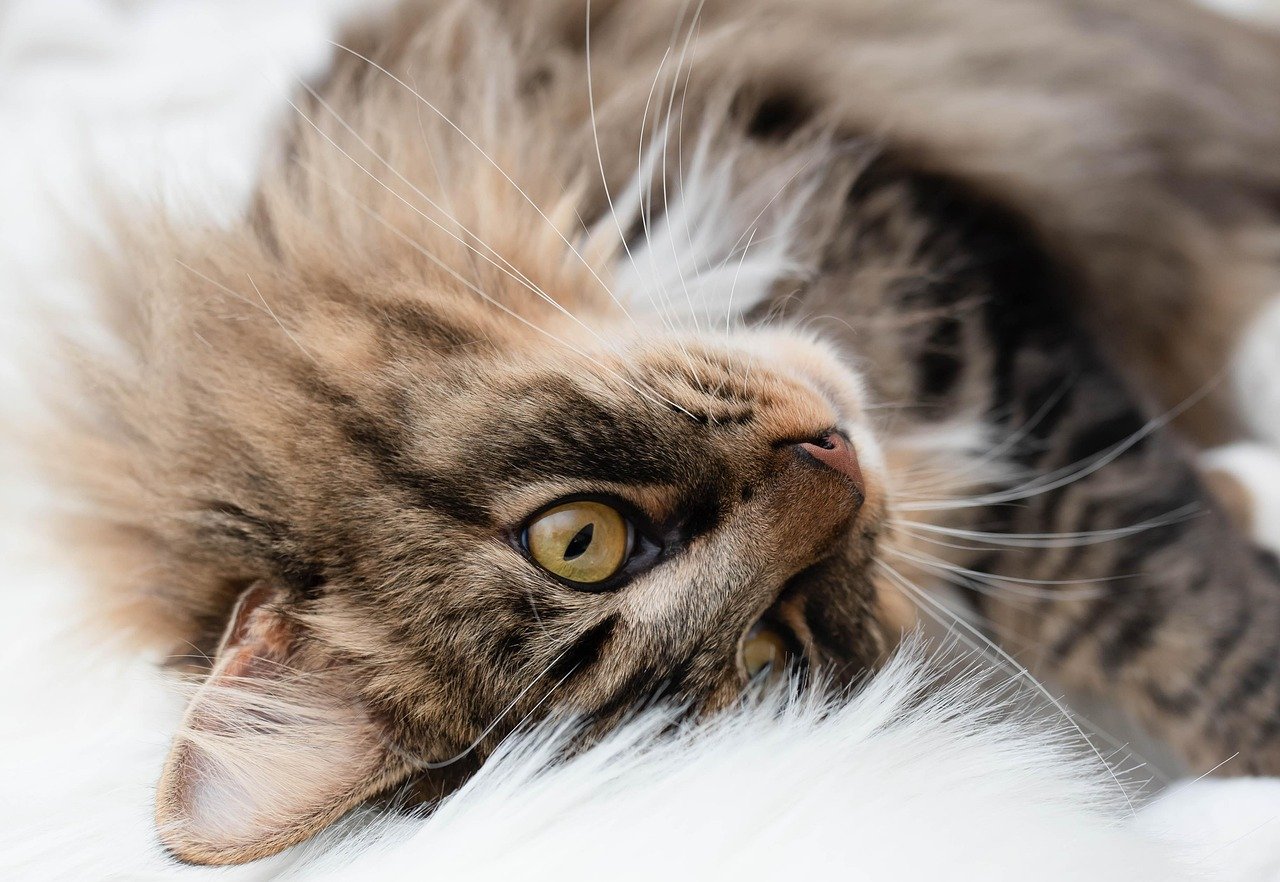
As cats settle into their environment, they may develop the habit of guarding their favorite resources, like food, toys, or sleeping spots. This behavior is rooted in their instinct to protect what’s important to them. Over time, resource guarding can become more or less pronounced, depending on how secure the cat feels. Signs include sitting near food bowls, hiding toys, or gently nudging others away from favorite spots. Understanding this habit helps prevent conflicts and ensures your cat feels safe and respected.
Communal Sleeping: Building Bonds Through Rest
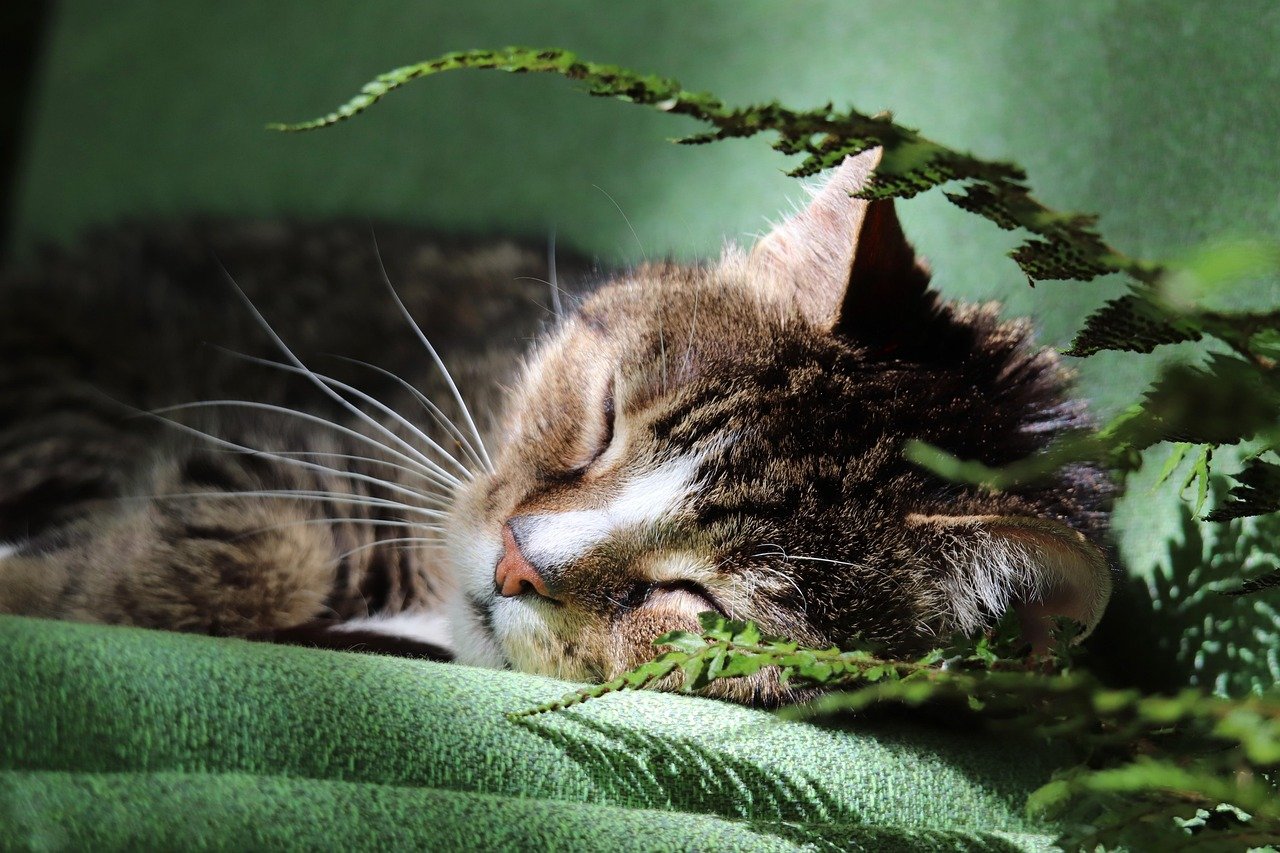
Many cats develop the habit of sleeping near or with their favorite people, animals, or even other cats. This communal sleeping is a sign of deep trust and emotional connection. Over time, your cat may choose to curl up at your feet, beside your pillow, or in a shared bed with another pet. Sleeping together offers warmth, security, and a sense of belonging. This habit is especially strong in multi-cat households, where sleeping in a pile creates a loving, supportive environment.
Gentle Reminders: Nudges and Paw Taps

As their bond with you grows, cats often develop subtle ways to get your attention. A gentle nudge, a soft paw tap, or even a quiet meow are their ways of saying, “Don’t forget about me!” These reminders are built over time as your cat learns what works best to communicate their needs. Whether it’s for food, play, or affection, these gentle prompts are endearing and uniquely feline. Responding to them strengthens your relationship and helps your cat feel valued.
Resilience: Bouncing Back From Change
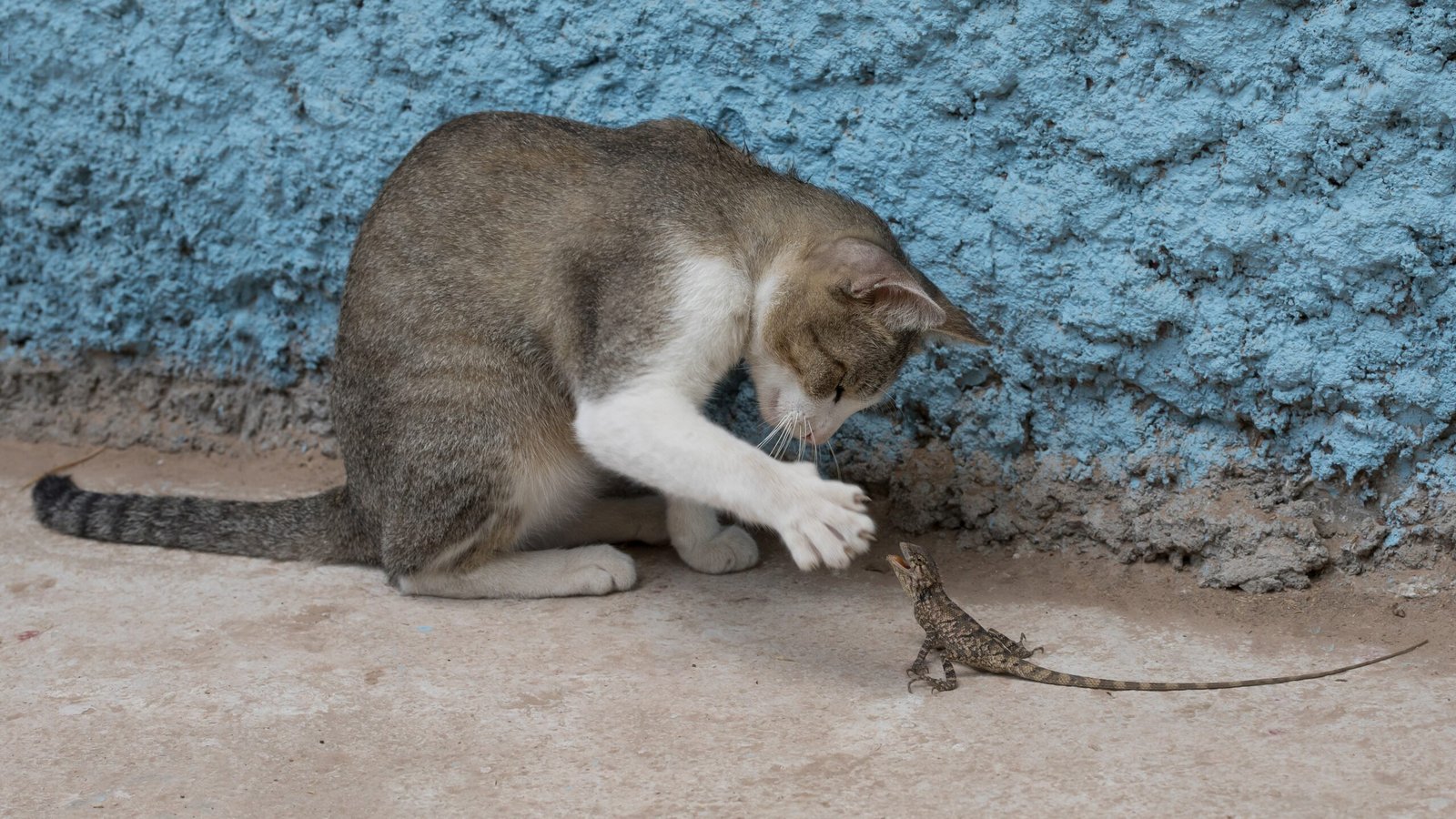
Change can be hard for cats, but over time, many develop remarkable resilience. Whether it’s a move, a new family member, or a shift in routine, resilient cats learn to adapt and find comfort again. This emotional habit is built through positive experiences, patience, and support from their humans. Signs of resilience include returning to favorite activities, seeking comfort, or exploring new spaces. Helping your cat build resilience ensures they can handle life’s ups and downs with confidence.
Silent Companionship: The Comfort of Presence
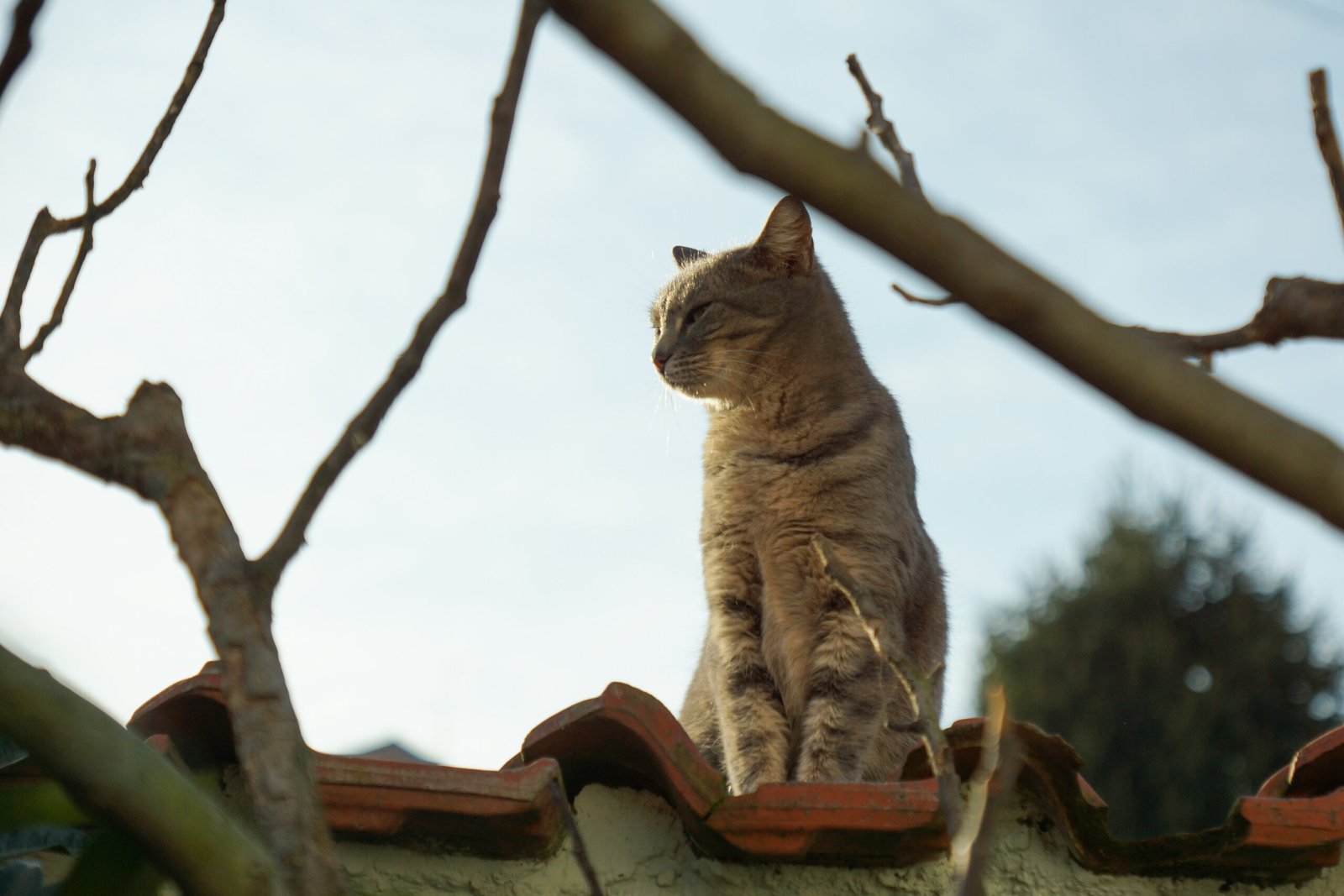
Sometimes, the most powerful emotional habit cats develop is simply being there. They may not always seek attention or affection, but their quiet presence brings comfort and peace. Over time, many cats learn that just sitting beside you—without demands or drama—is enough. This silent companionship is a testament to the deep bond between cats and their humans. It’s a gentle reminder that sometimes, love is best expressed through simply being together.
Hi, I’m Bola, a passionate writer and creative strategist with a knack for crafting compelling content that educates, inspires, and connects. Over the years, I’ve honed my skills across various writing fields, including content creation, copywriting, online course development, and video scriptwriting.
When I’m not at my desk, you’ll find me exploring new ideas, reading books, or brainstorming creative ways to solve challenges. I believe that words have the power to transform, and I’m here to help you leverage that power for success.
Thanks for stopping by, Keep coming to this website to checkout new articles form me. You’d always love it!






